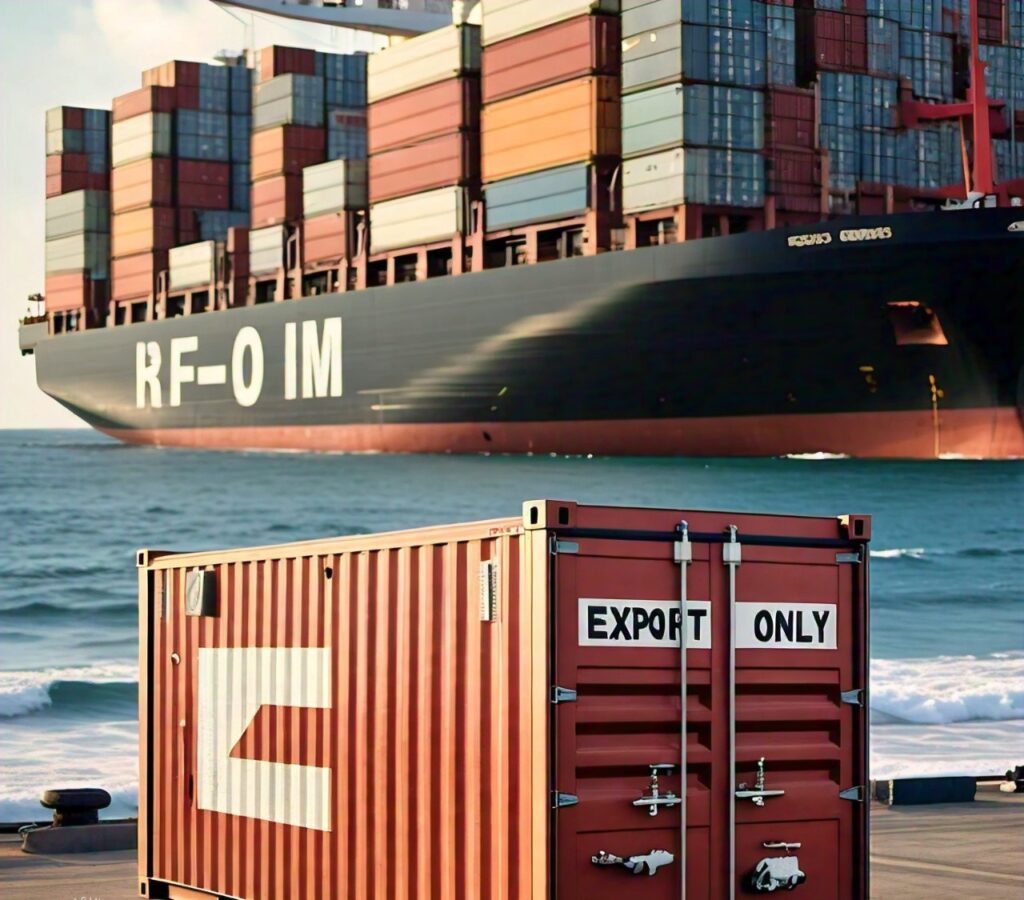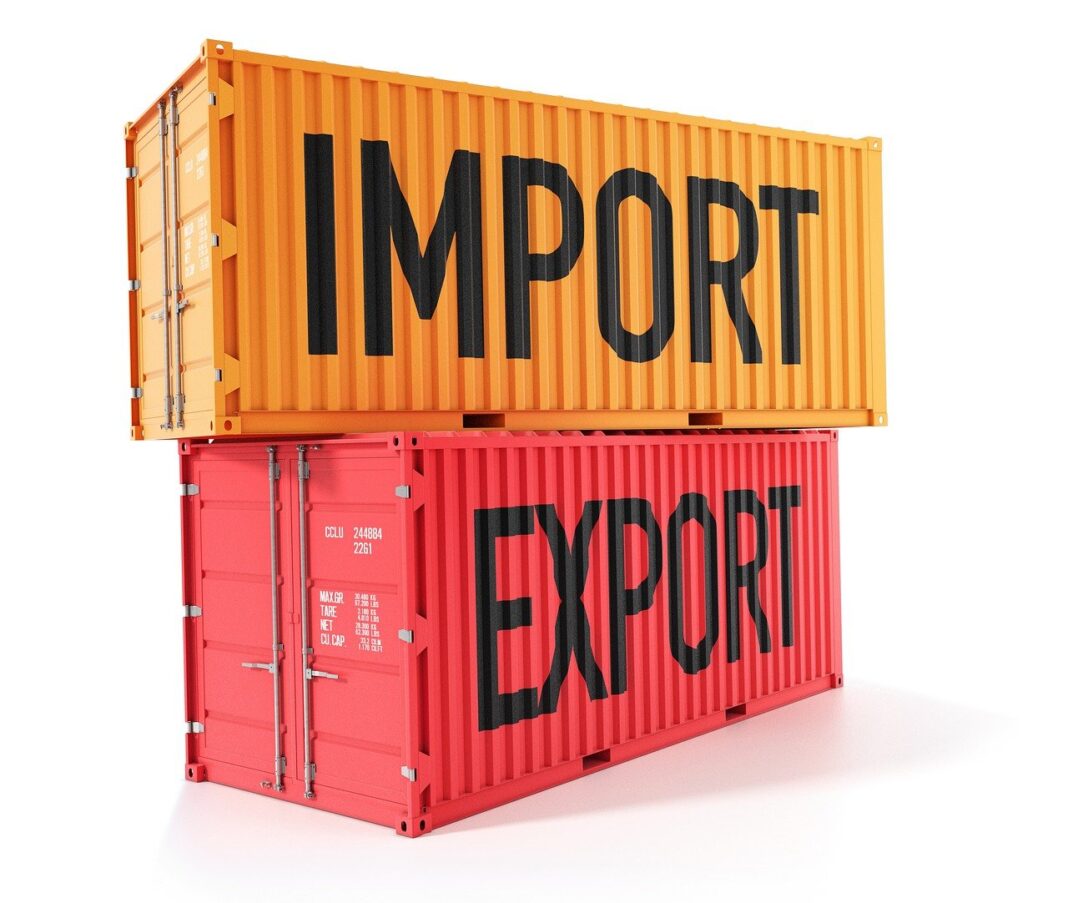In today’s globalized economy, understanding export and import economic indicators is crucial for assessing the health and performance of national economies. These indicators serve as vital metrics that reflect a country’s trade dynamics, influencing not only economic growth but also employment rates, inflation, and overall market stability.
Export and import indicators encompass a variety of data points, including the volume and value of goods traded, trade balances, and sector-specific performance. Changes in these indicators can signal shifts in economic conditions, providing insights into a nation’s competitive position in the global market. For economists, assessing the implications of these changes is essential for developing effective economic policies and strategies.
The purpose of this article is to explore how fluctuations in export/import indicators impact overall economic performance and growth. By examining theoretical frameworks, mechanisms of impact, and current trends, we aim to provide a comprehensive understanding of the relationship between trade indicators and economic health. This analysis not only enriches the academic discourse surrounding trade economics but also offers practical insights for policymakers, business leaders, and researchers alike.
As we delve deeper into this topic, we will uncover the multifaceted ways in which trade activities shape economic realities, emphasizing the importance of continuous monitoring and assessment of export and import indicators in today’s ever-evolving economic landscape.
Role of Export/Import Indicators in Economic Models
Export/import indicators are integral components of various economic models. For instance, in Keynesian models, these indicators influence aggregate demand, while in neoclassical models, they are crucial for understanding long-term growth and productivity. Economists often use these indicators to gauge the effectiveness of trade policies and their repercussions on domestic economies.
Key Concepts
Trade Balance
The trade balance, defined as the difference between the value of exports and imports, is a critical indicator of a country’s economic health. A trade surplus indicates that a country exports more than it imports, which can lead to appreciation of the national currency and increased foreign reserves. Conversely, a trade deficit may suggest reliance on foreign goods and can lead to currency depreciation.
Gross Domestic Product (GDP) Contribution
Export and import activities contribute to GDP calculations. Exports are added to GDP, while imports are subtracted. Consequently, a higher level of exports relative to imports positively influences GDP growth, making the analysis of these indicators vital for measuring economic performance.
Understanding these theoretical frameworks provides a foundation for analyzing how changes in export/import indicators can affect economic performance and growth. By grounding the discussion in established economic theories, we can better appreciate the complexities of trade dynamics and their implications for policymakers and economists alike.

Understanding Export/Import Indicators
To assess the impact of export/import indicators on economic performance and growth, it is essential to first define these indicators, explore their key components, and identify reliable sources of data. This section aims to provide a comprehensive understanding of what export/import indicators are and how they function within the broader context of trade economics.
Key Indicators Defined
Export Volume and Value
- Export Volume refers to the quantity of goods and services that a country sells to foreign markets over a specific period. It is often measured in physical units (e.g., tons, liters) or by the number of items.
- Export Value represents the monetary worth of these exports, calculated by multiplying the quantity of goods exported by their market prices. Tracking both volume and value helps economists assess demand trends and price fluctuations in international markets.
Import Volume and Value
- Import Volume indicates the quantity of goods and services that a country purchases from abroad. Similar to exports, this can be quantified in physical units or numbers.
- Import Value is the total expenditure incurred on these imports, providing insights into domestic consumption patterns and reliance on foreign goods.
Trade Balance
The trade balance is a critical measure that reflects the difference between a nation’s exports and imports. It can be classified as:
- Trade Surplus: When exports exceed imports, indicating a net inflow of capital and a favorable economic position.
- Trade Deficit: When imports surpass exports, suggesting a net outflow of capital and potential economic vulnerabilities.
Importance of Monitoring Export/Import Indicators
Monitoring these indicators is vital for several reasons:
- Economic Forecasting: Changes in export/import indicators can signal shifts in economic conditions, helping economists and policymakers anticipate future trends.
- Policy Formulation: Understanding these indicators aids in crafting trade policies that promote economic stability and growth.
- Investment Decisions: Investors rely on trade data to assess market opportunities and risks associated with international markets.
For further exploration of trade data and its implications, you can visit: World Trade Organization – Trade Statistics
Mechanisms of Impact
Understanding how changes in export/import indicators affect economic performance and growth involves analyzing the various mechanisms through which these indicators operate. This section will explore the direct and indirect impacts of trade activities on economic conditions, as well as the feedback loops that may exist between trade and overall economic performance.
Direct Impact on Economic Growth
Contribution to GDP
- Exports play a crucial role in contributing to a nation’s Gross Domestic Product (GDP). As exports increase, they directly boost economic activity by adding to the total value of goods and services produced within the country.
- For instance, countries with strong export sectors, such as Germany and China, often experience higher GDP growth rates due to robust foreign demand for their products. Conversely, a decline in exports can lead to reduced economic output and lower GDP growth.
Also Read: How Government Spending Influences Economic Indicators
Job Creation in Export Sectors
- Export-driven industries tend to create jobs, particularly in manufacturing and services. As companies expand their production to meet international demand, they often hire more workers, contributing to lower unemployment rates.
- Research shows that jobs in export-oriented firms frequently offer higher wages compared to non-exporting firms, thereby enhancing overall labor income and consumer spending.
Indirect Effects on Related Industries
Supply Chain Dynamics
- The health of export/import activities influences domestic supply chains. A thriving export sector can stimulate demand for raw materials and components from local suppliers, thereby benefiting related industries.
- For example, a surge in automobile exports can lead to increased demand for steel, electronics, and parts, positively impacting various sectors of the economy
Also Read: How Trade Tariffs are Impacting Global Supply Chain
Domestic Consumption Patterns
- Changes in import volumes can affect domestic consumption. For instance, a rise in imports may lead to greater variety and lower prices for consumers, enhancing overall living standards.
- However, a significant reliance on imports can also create vulnerabilities, such as trade deficits that may necessitate borrowing or lead to currency depreciation, adversely affecting domestic purchasing power.

Current Trends and Implications
Understanding current trends in global trade patterns is essential for economists and policymakers as they navigate the complexities of the modern economic landscape. This section will examine recent developments affecting export/import indicators and their broader implications for economic performance and growth.
Impact of Trade Wars
Recent trade tensions, particularly between the United States and China, have significantly altered global trade dynamics. Tariffs imposed on various goods have disrupted established supply chains and led to increased costs for businesses and consumers. For example, the U.S. tariffs on Chinese imports resulted in a decrease in U.S. imports from China, affecting trade volumes and impacting economic growth in both countries. Economists have noted that such trade wars can lead to reduced economic efficiency and higher prices, ultimately hurting consumers.
Effects of Pandemics on Trade
The COVID-19 pandemic has had a profound impact on global trade, causing significant disruptions to supply chains and altering consumer demand patterns. As countries implemented lockdowns, many export activities were halted, leading to sharp declines in trade volumes. According to the WTO, global merchandise trade volume fell by 5.3% in 2020. However, as economies began to recover, certain sectors, particularly technology and pharmaceuticals, saw an increase in exports, illustrating how crises can reshape trade flows and economic priorities.
Emerging Markets vs. Established Economies
Shift in Competitive Advantage
Emerging markets are increasingly becoming key players in global trade. Countries such as India, Vietnam, and Brazil are taking advantage of their growing labor forces and lower production costs to attract foreign investment and increase export capabilities. This shift is changing traditional trade dynamics, as established economies face competition in sectors where they previously held a dominant position.
Investment in Sustainable Trade Practices
There is a growing emphasis on sustainability in trade policies, driven by consumer preferences and regulatory changes. Countries are increasingly adopting green trade practices, focusing on reducing carbon footprints and promoting sustainable production. For instance, the European Union’s Green Deal aims to transform its economy to become more sustainable, impacting trade flows and encouraging other countries to adopt similar practices. This trend not only affects export/import indicators but also shapes long-term economic growth strategies.
Future Predictions Based on Current Data
Continued Volatility in Trade Relations
Economists predict that trade relations will continue to experience volatility due to geopolitical tensions, changing alliances, and economic shifts. This uncertainty can lead to fluctuations in export/import indicators, impacting economic forecasts and policy decisions.
Technological Advancements
The ongoing digital transformation is expected to enhance global trade efficiency. Technologies such as blockchain and artificial intelligence can improve supply chain transparency and reduce transaction costs. As these technologies are adopted, they may lead to increased trade volumes and new market opportunities, particularly for small and medium-sized enterprises.
Importance of Trade Agreements and Diplomacy
Negotiating Favorable Trade Agreements
Engaging in trade negotiations to secure favorable agreements is vital for enhancing market access for exports. Policymakers should prioritize agreements that remove tariffs and non-tariff barriers, ensuring that domestic industries can compete effectively in global markets.
Strengthening Diplomatic Relations
Building strong diplomatic ties with trading partners can facilitate smoother trade relations. Diplomatic efforts should focus on addressing trade disputes and fostering cooperation in areas such as technology transfer, investment, and sustainable development.
Participating in Multilateral Trade Forums
Active participation in multilateral trade organizations, such as the World Trade Organization (WTO), can help countries advocate for fair trade practices and address global trade challenges collectively. Collaborative efforts in these forums can lead to more stable and predictable trade environments.

Strategies for Enhancing Export Performance
Investment in Infrastructure
Developing robust infrastructure is fundamental for facilitating trade. Governments should invest in transportation networks, ports, and digital infrastructure to streamline logistics and reduce costs. Enhanced infrastructure can improve efficiency in moving goods, thereby boosting export capabilities.
Supporting Export Diversification
Encouraging diversification of exports can mitigate risks associated with reliance on a narrow range of products. Policymakers should promote initiatives that support research and development (R&D) in emerging sectors, such as technology and renewable energy, to expand the export base. Programs that assist small and medium-sized enterprises (SMEs) in accessing international markets can also play a crucial role in diversification.
Trade Facilitation Measures
Implementing trade facilitation measures, such as simplifying customs procedures, can significantly enhance export performance. Streamlining regulations and reducing bureaucratic hurdles will lower the cost of doing business and encourage more companies to engage in international trade.
Balancing Imports for Economic Stability
Promoting Domestic Production
o balance imports and foster economic stability, governments should incentivize domestic production through subsidies, tax breaks, and support for local industries. This approach can help reduce dependency on imports and enhance the resilience of the domestic economy.
Implementing Smart Trade Policies
Policymakers should design trade policies that protect key industries while promoting competition and innovation. This may include temporary tariffs on specific imports to safeguard emerging sectors, provided that such measures are aligned with international trade agreements to avoid retaliatory actions.
Monitoring Trade Dependence
Regular assessments of trade dependence on specific countries or products can help identify vulnerabilities. Policymakers should develop contingency plans to address potential disruptions in supply chains, ensuring that the economy remains stable in the face of external shocks.
Conclusion
In summary, this article has explored the intricate relationship between export/import indicators and economic performance and growth. By understanding the theoretical frameworks, mechanisms of impact, and current trends affecting these indicators, we gain valuable insights into how trade dynamics shape national economies.
The dynamic nature of global trade necessitates ongoing analysis and monitoring of export/import indicators. Policymakers and economists must remain vigilant in assessing these indicators to inform their strategies and responses. Continuous research is essential for adapting to changes in trade dynamics, understanding their implications, and formulating effective policies that promote economic growth and stability.





